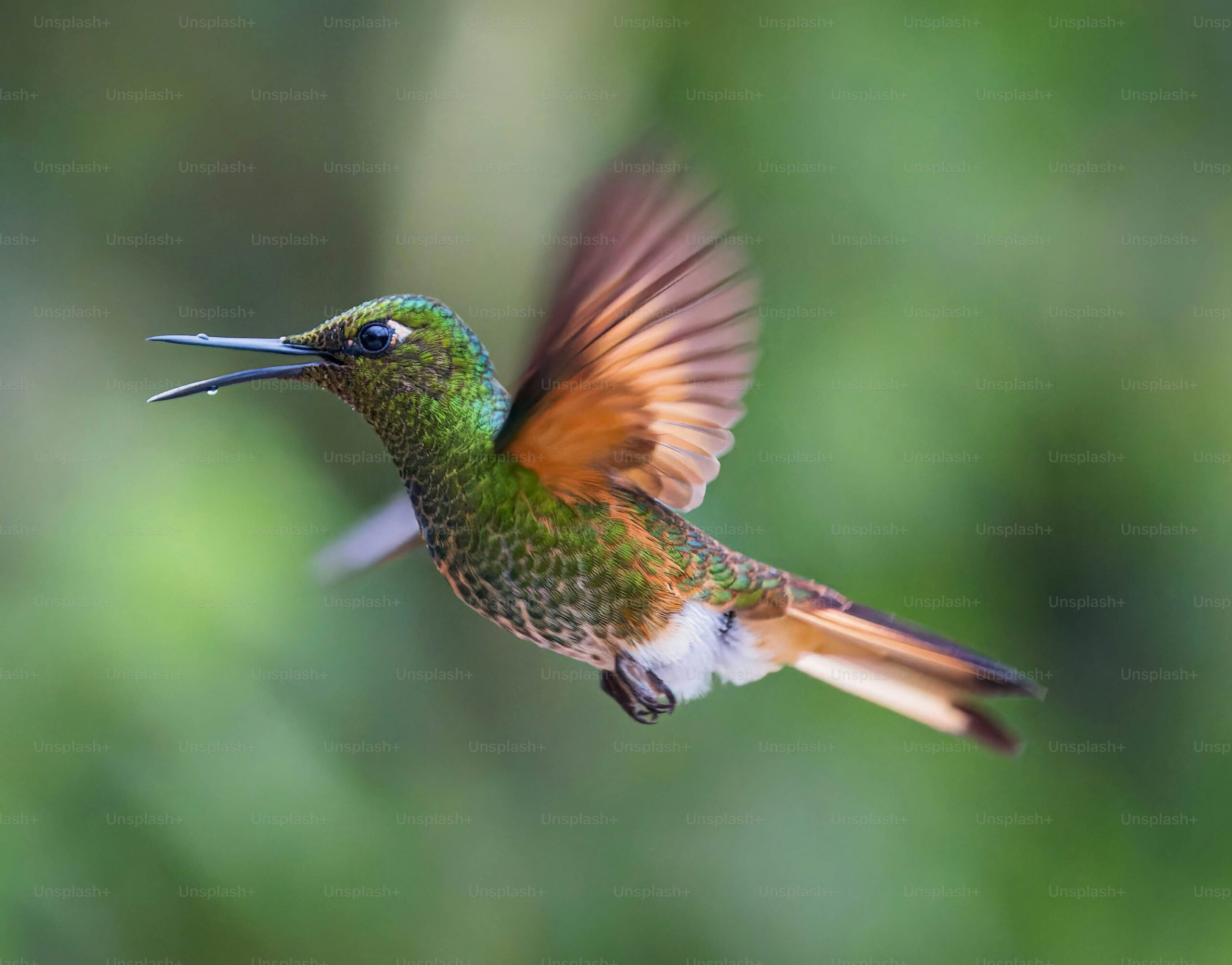Hummingbirds are fascinating creatures known for their vibrant colors, remarkable agility, and unique ability to hover in mid-air. There are over 300 species of hummingbirds, each with its own distinct characteristics and habitats. In this article, we will explore the different species of hummingbirds and their habitats, shedding light on these tiny yet extraordinary birds.
The Ruby-Throated Hummingbird
The Ruby-Throated Hummingbird is one of the most common species found in the eastern United States. These birds are known for the males’ iridescent ruby-red throat, which they display during courtship displays. Their habitats include gardens, woodlands, and meadows where they feed on nectar from flowers and insects.

The Anna’s Hummingbird
Native to the western coast of North America, the Anna’s Hummingbird is a medium-sized species known for its vibrant green and rose-pink plumage. These birds can be found in urban areas, gardens, and coastal scrublands where they feed on nectar from a variety of flowers and flowering shrubs.

The Broad-Tailed Hummingbird
The Broad-Tailed Hummingbird is a high-altitude species found in the mountainous regions of western North America. These birds are known for their distinctive metallic green plumage and the males’ trilling sound produced by their wings during courtship displays. Their habitats include coniferous forests, meadows, and alpine tundra where they feed on nectar from wildflowers.

The Long-Billed Hermit
The Long-Billed Hermit is a species of hummingbird found in the tropical forests of Central and South America. These birds have a long, curved bill adapted for feeding on the nectar of deep-throated flowers. Their habitats include humid forests, cloud forests, and montane forests where they play a vital role in pollination.

Conclusion
In conclusion, hummingbirds are a diverse group of birds with unique adaptations that allow them to thrive in various habitats across the Americas. From the Ruby-Throated to the Long-Billed Hermit, each species has its own special characteristics and ecological niche. By understanding more about these fascinating birds and their habitats, we can appreciate the importance of conserving their environments for future generations to enjoy.
